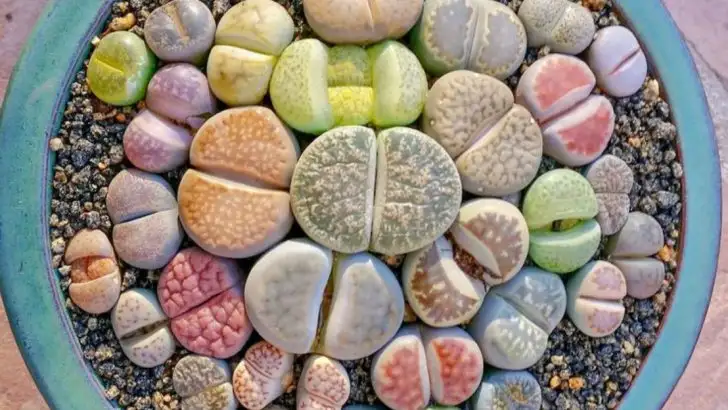If you think you’ve seen it all in the world of gardening, think again. There are bizarre plants that can completely transform the look and feel of your garden.
These unusual and eye-catching plants bring an unexpected twist to traditional designs, adding drama, texture, and color in ways you never imagined. Whether it’s plants with weird shapes or those with uncommon growth patterns, these oddities are sure to make your garden the talk of the neighborhood.
Imagine a garden that’s not only beautiful but also a conversation starter, with plants that are truly one-of-a-kind. Ready to give your garden a surprising makeover? These plants could be just the thing you need!
Corpse Flower (Amorphophallus titanum)
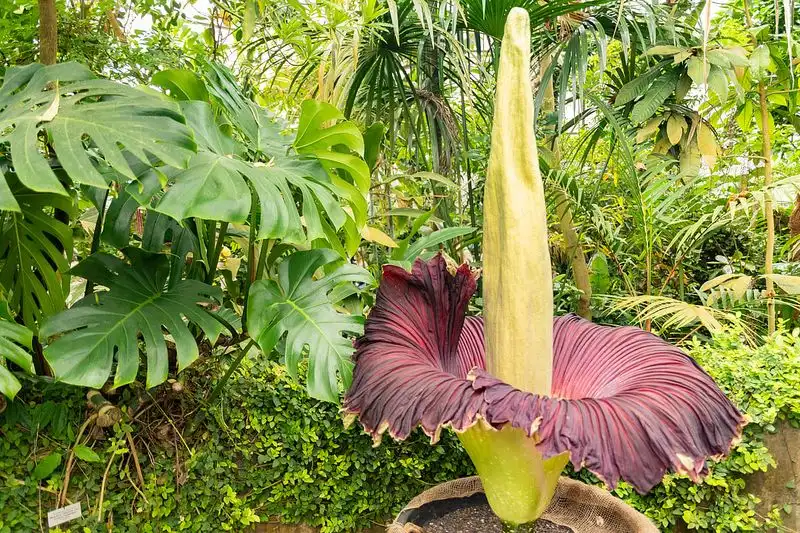
Known for its overpowering scent reminiscent of rotting flesh, the corpse flower is an attention-grabbing addition to any garden. Despite its pungent aroma, it produces one of the most spectacular blooms, towering up to 10 feet. This rare beauty requires patience, as it blooms once every several years, offering a unique experience for those lucky enough to witness it. Its giant, umbrella-like leaf structure adds an exotic flair, making it a conversation piece. Cultivating this plant demands a tropical environment and a touch of botanical expertise.
Venus Flytrap (Dionaea muscipula)
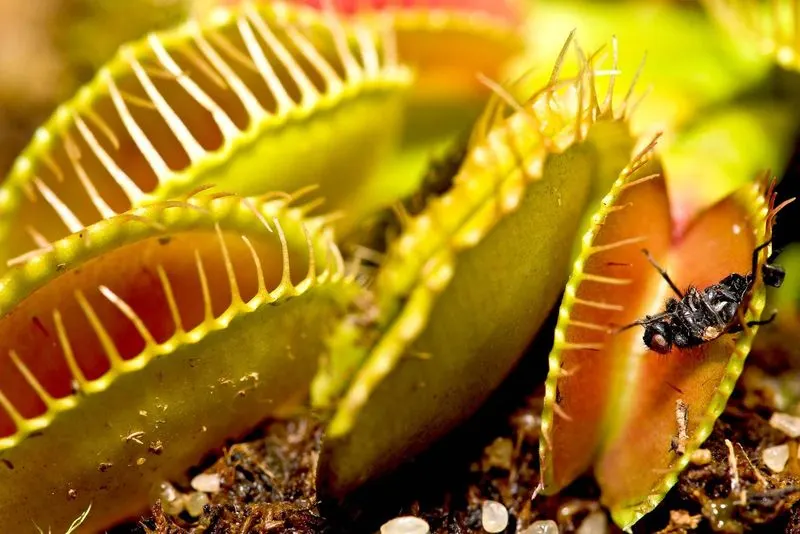
A marvel of the plant kingdom, the Venus flytrap captures the imagination with its jaw-like traps. These stunning plants lure insects using sweet nectar, quickly snapping shut to secure their prey. Native to the subtropical wetlands of the United States, they offer a natural form of pest control, adding functionality to their charm. Their distinctive appearance and carnivorous nature make them a staple among unusual garden plants. Keeping them healthy requires acidic soil and distilled water, reflecting their native habitat conditions.
Living Stones (Lithops spp.)
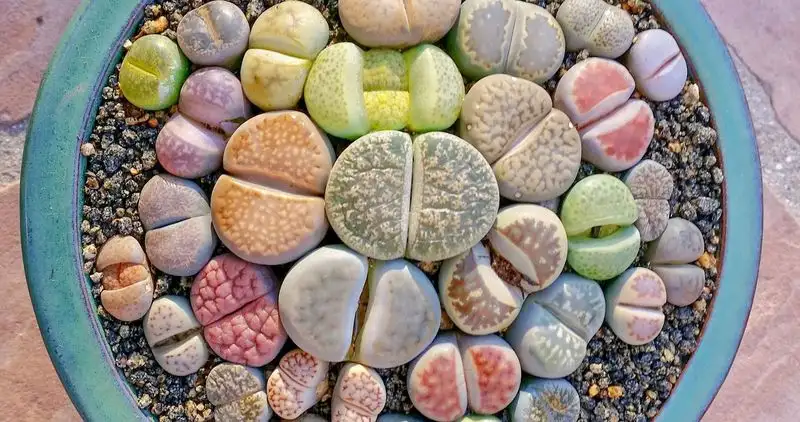
With a striking resemblance to pebbles, living stones have evolved to blend into their arid environments. This mimicry helps them avoid herbivores, making them a fascinating example of plant adaptation. These small succulents are perfect for rock gardens or minimalistic designs, offering subtle beauty with their unique shapes. Their flowers bloom from the center, surprising onlookers with bursts of color. Originating from southern Africa, they thrive in well-drained soil and require minimal watering, embodying resilience.
Sensitive Plant (Mimosa pudica)
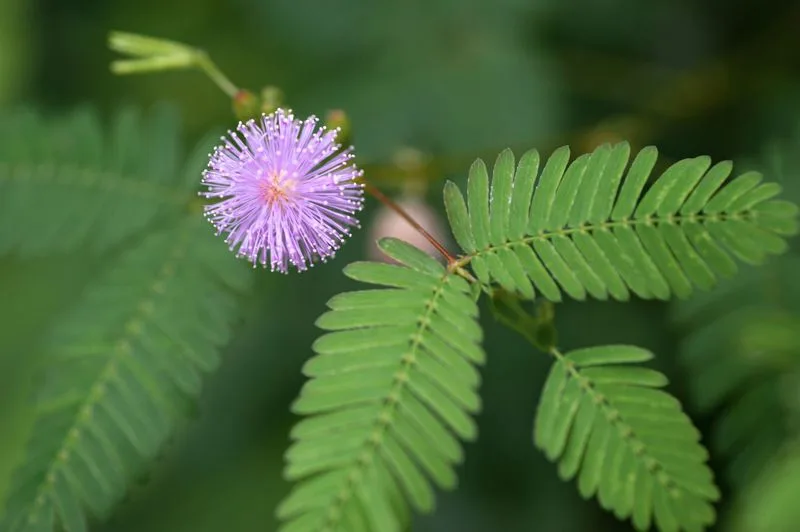
Witnessing the sensitive plant’s reaction to touch is nothing short of magical. When disturbed, its leaves fold inward, a defense mechanism against predators. This captivating response entertains gardeners and guests alike, adding interactivity to your plant collection. Its delicate, fern-like foliage and pink pom-pom flowers add to its ornamental appeal. While easy to grow indoors or in warm climates, it requires careful handling to prevent stress. A symbol of nature’s responsiveness, it invites curiosity and wonder.
Pitcher Plant (Nepenthes spp.)
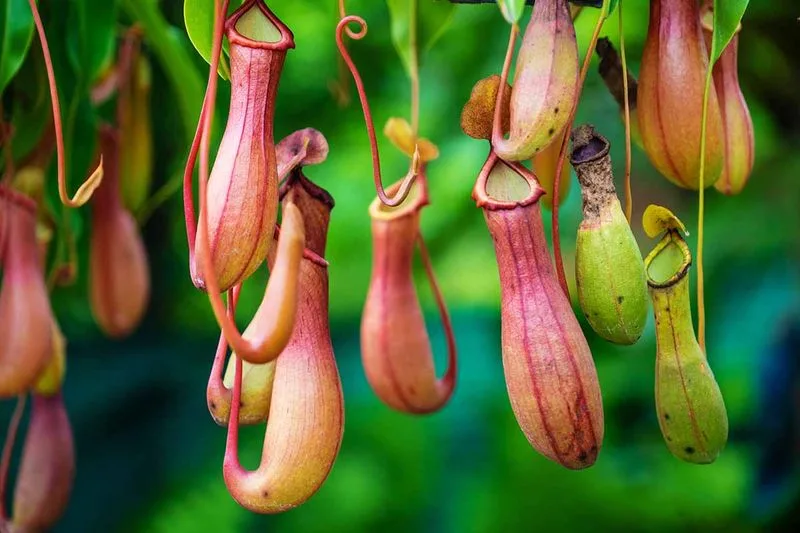
The exotic allure of pitcher plants lies in their striking appearance and carnivorous habits. These plants feature deep, vase-like cavities filled with digestive fluids to trap insects. Adapted to nutrient-poor environments, they exemplify nature’s ingenuity in survival. Their vibrant pitchers, often adorned with red and green hues, make a bold statement in any garden. Native to tropical regions, they thrive in humid conditions and partial shade. A fascinating conversation starter, they offer a glimpse into the complex world of plant adaptation.
Ghost Orchid (Dendrophylax lindenii)
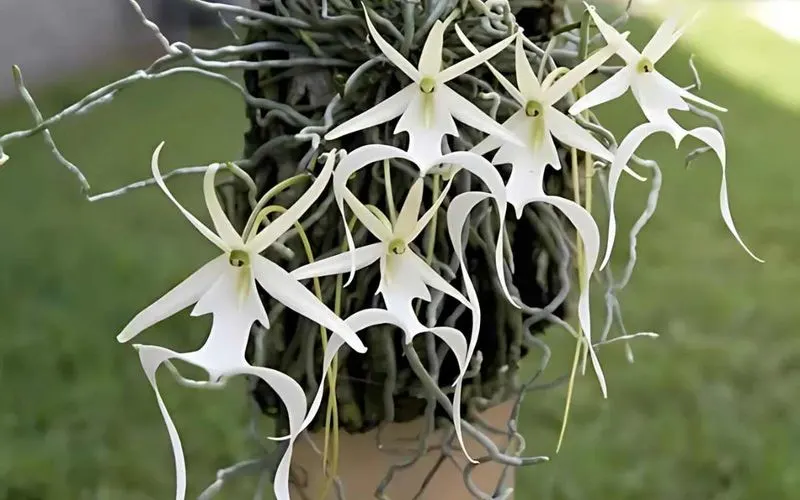
Elusive and ethereal, the ghost orchid captivates with its otherworldly beauty. Known for its leafless stem and intricate flowers, it appears to float in mid-air. Blooming between June and August, it emits a light fragrance, enhancing its mystique. This rare orchid requires precise conditions, thriving in swampy forests. Spotting one in bloom is a rare treat, often requiring a trek through challenging terrain. Revered for its beauty and difficulty to cultivate, it remains a prized specimen among orchid enthusiasts and collectors.
Welwitschia (Welwitschia mirabilis)
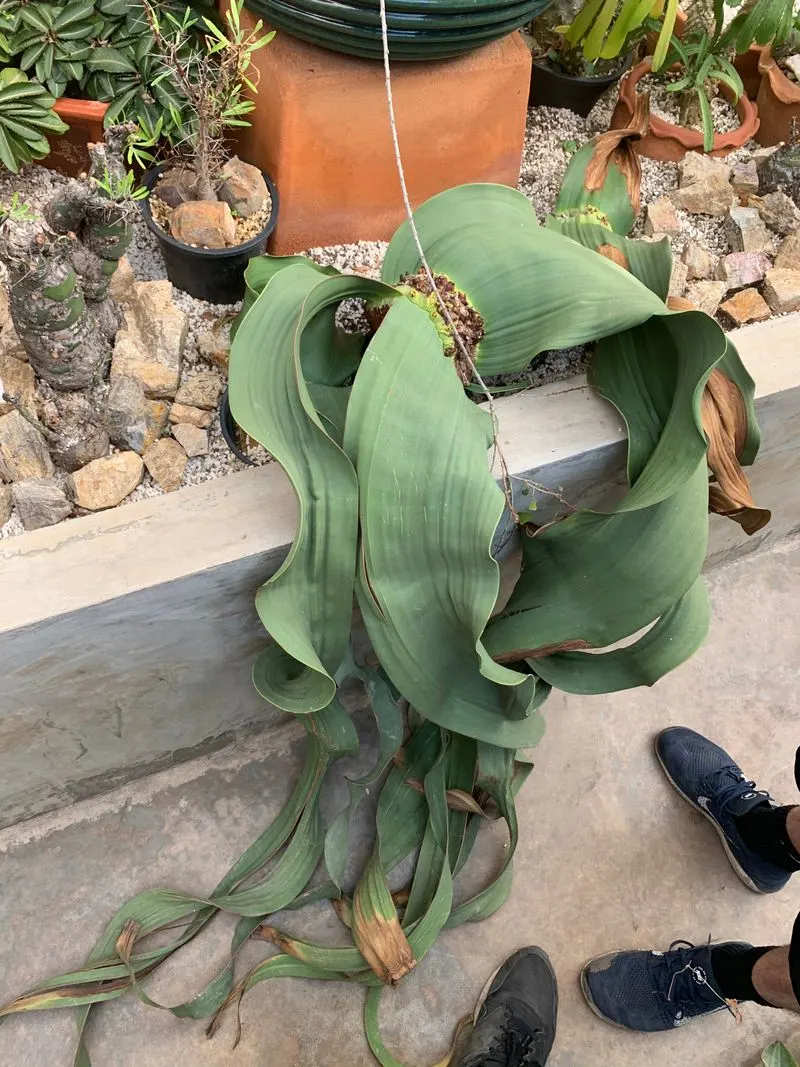
Among the oldest known plants, Welwitschia defies typical plant expectations with its two continuous leaves. These leaves grow throughout its lifespan, which can exceed 1,000 years, making it a true survivor of the desert. Native to the Namib Desert, it has adapted to harsh conditions with minimal water requirements. Its unusual appearance often surprises those unfamiliar with its resilience. Incorporating Welwitschia into a garden setting requires a dry environment and ample space, allowing its unique form to flourish and captivate.
Brain Cactus (Mammillaria elongata ‘Cristata’)
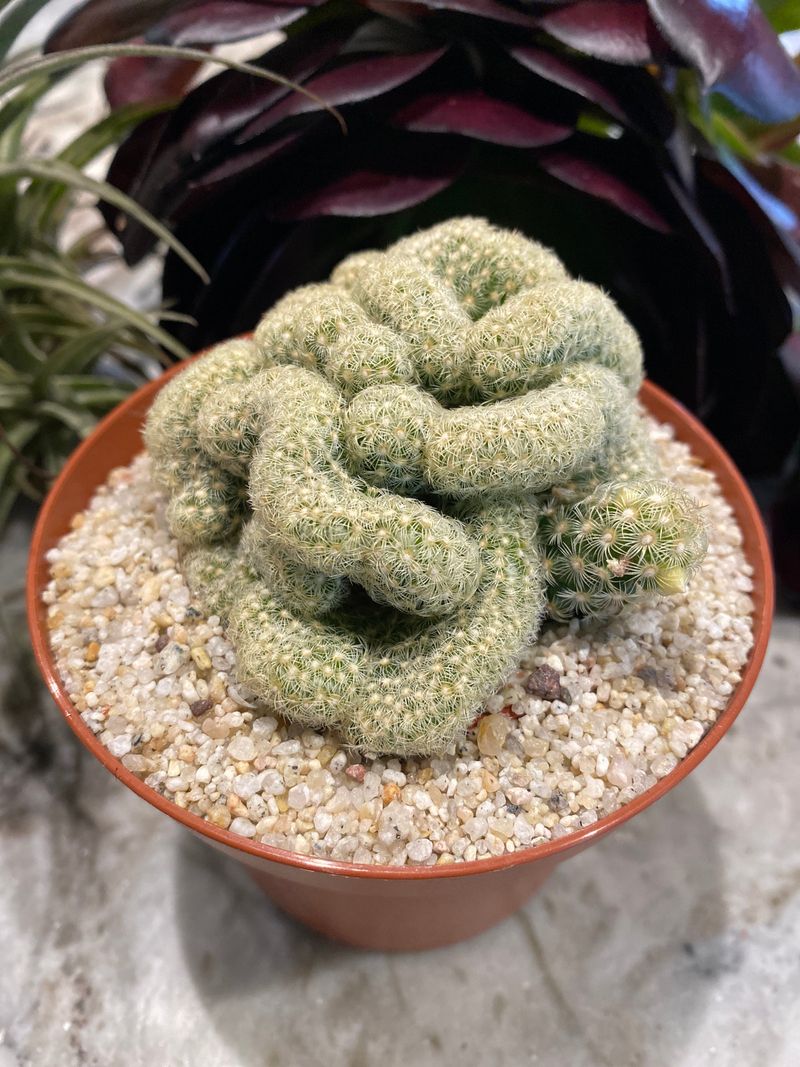
The brain cactus intrigues with its unusual growth pattern resembling cerebral folds. This peculiar form results from damage during development, causing the cactus to grow in a crested manner. Its compact size makes it ideal for small spaces or as part of a succulent collection. Native to central Mexico, it thrives in sunny conditions and well-drained soil. Its unique appearance draws curiosity, challenging perceptions of traditional cactus forms. Easy to care for, it offers an exciting visual element for indoor or outdoor displays.
Bat Flower (Tacca chantrieri)
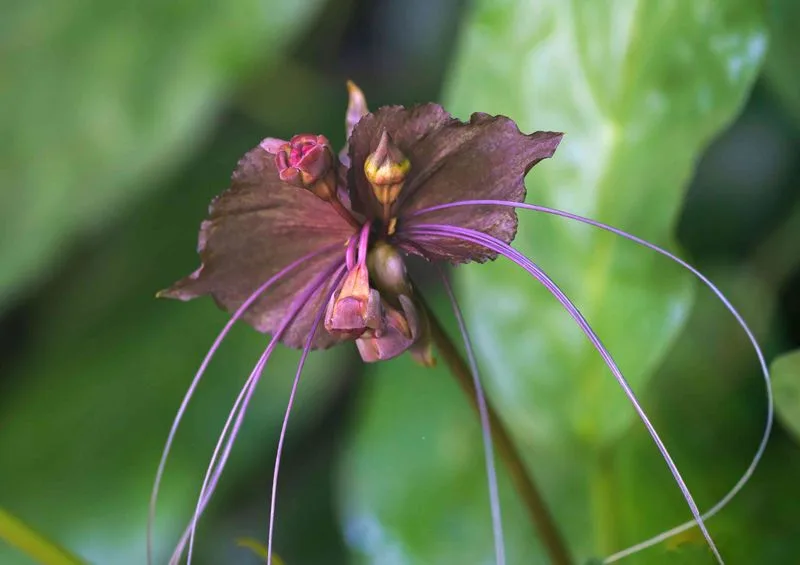
The bat flower commands attention with its dramatic, bat-shaped blooms. Dark petals and long filaments give it an eerie yet fascinating appearance. Native to Southeast Asia, it thrives in warm, humid environments, preferring shade over direct sunlight. This plant is perfect for adding a gothic touch to your garden, attracting those drawn to the unusual. Cultivating it requires careful attention to humidity levels and soil moisture, as it mirrors the rainforest conditions of its origin. Its mysterious allure makes it a standout feature.
Jade Vine (Strongylodon macrobotrys)
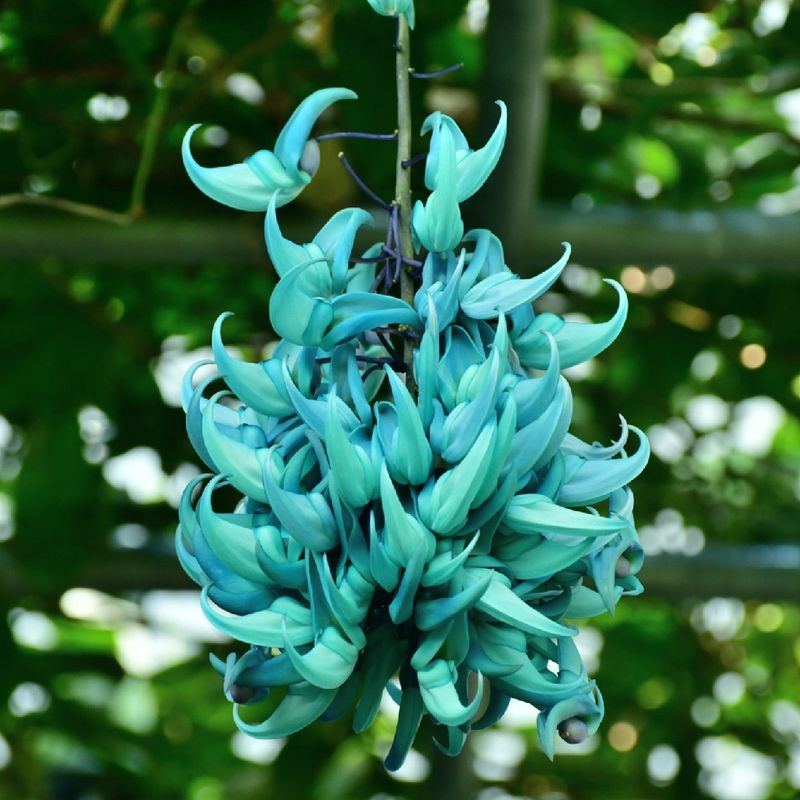
Jade vine showcases a cascade of turquoise blooms, captivating anyone who sees it. Its vibrant color and unique floral structure make it a show-stopper. Native to the Philippines, this vine thrives in tropical climates, requiring support to accommodate its long stems. Often seen in botanical gardens, it symbolizes exotic beauty and elegance. Incorporating jade vine into your garden offers a touch of the tropics, transforming ordinary spaces into vibrant retreats. Its striking appearance and climbing habit provide vertical interest and lush greenery.
Dragon’s Blood Tree (Dracaena cinnabari)
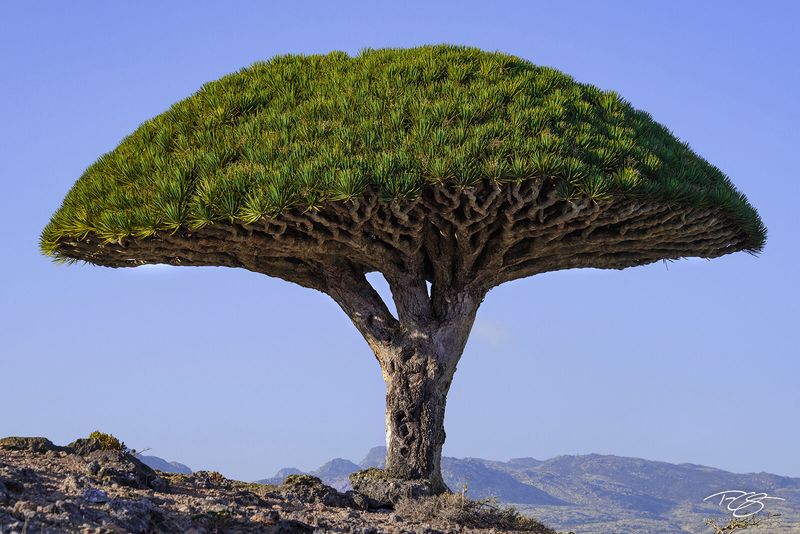
Iconic for its umbrella-shaped canopy, the dragon’s blood tree stands as a symbol of resilience. Its sap, resembling dragon’s blood, has historical significance for its medicinal and dye properties. Native to Socotra, this tree thrives in arid conditions, showcasing nature’s adaptability. Its unique silhouette and cultural heritage make it a profound addition to any garden. Incorporating this tree into landscapes requires understanding of its ecological needs, including well-drained soil and ample sunlight. Its presence is both a visual and cultural statement.
Rafflesia (Rafflesia arnoldii)
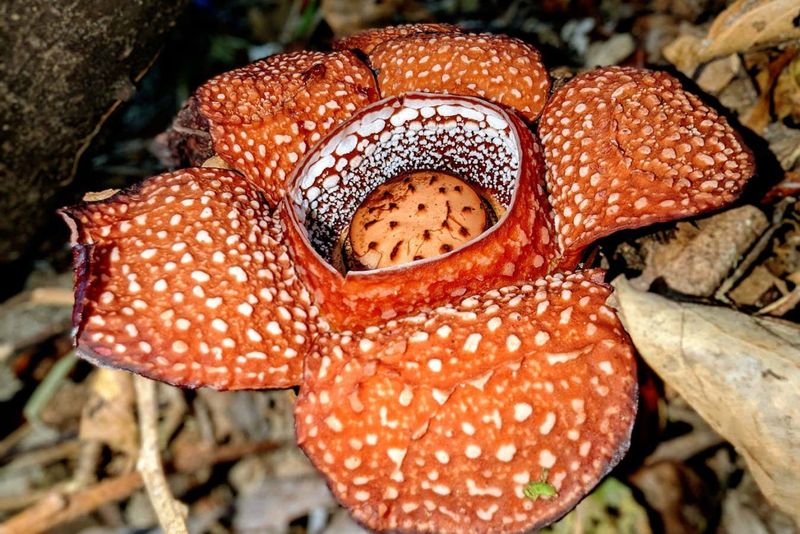
Rafflesia astonishes with the largest individual flower in the world, blooming directly from the ground. Its massive, fleshy petals emit a pungent odor, attracting carrion flies for pollination. Native to the rainforests of Southeast Asia, it remains elusive due to its parasitic nature and specific host requirements. Encountering a blooming rafflesia is a rare occasion, celebrated by botanists and nature lovers alike. Cultivating this giant requires understanding its complex life cycle and symbiotic relationship with its host. Its presence is a botanical marvel.
Bleeding Heart (Lamprocapnos spectabilis)
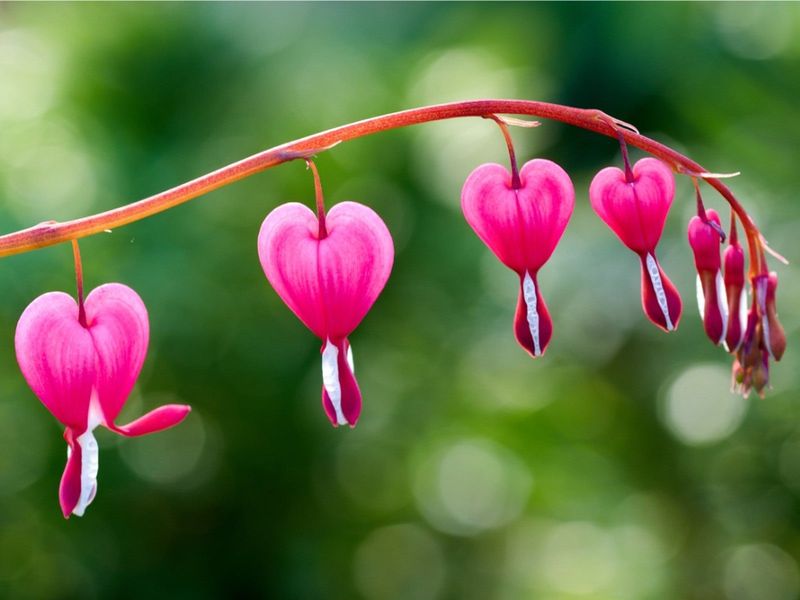
The bleeding heart enchants with its heart-shaped flowers, appearing as if dripping with emotion. These delicate blooms hang from arching stems, creating a romantic and whimsical garden feature. Native to Asia, the plant thrives in cooler climates, preferring shaded areas with moist soil. Its graceful appearance complements cottage gardens and shaded borders, adding a touch of nostalgia. Despite its fragile look, it’s relatively easy to care for, requiring minimal maintenance once established. A symbol of love and compassion, it resonates with those who appreciate sentimentality.
Sea Holly (Eryngium spp.)
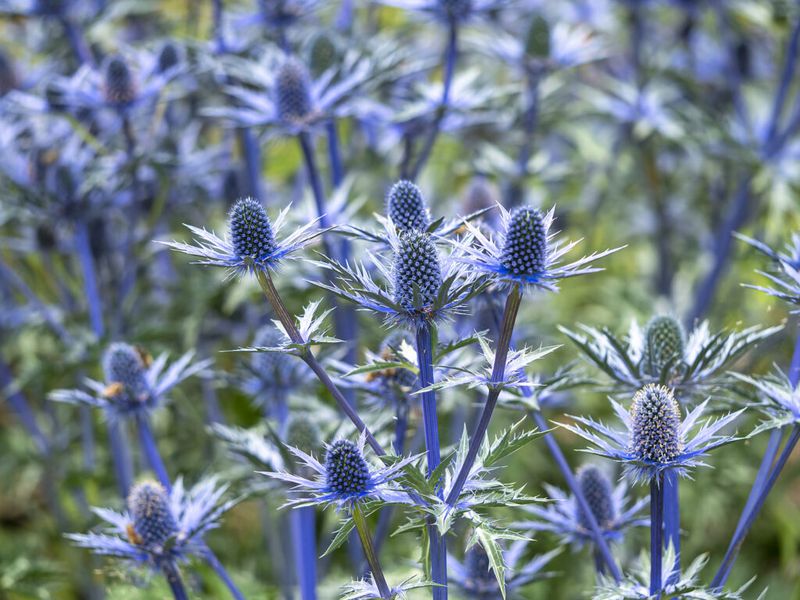
With its striking blue blooms and spiky foliage, sea holly brings a touch of the wild to garden settings. This hardy perennial thrives in coastal environments, tolerating salt and sandy soils. Its architectural form and metallic sheen add a contemporary edge to floral arrangements and borders. Requiring full sun and well-drained soil, it’s a versatile choice for challenging locations. Beyond its visual appeal, sea holly attracts pollinators, enhancing biodiversity. Its resilient nature and unique appearance make it an excellent choice for eco-friendly gardening.
Moonflower (Ipomoea alba)
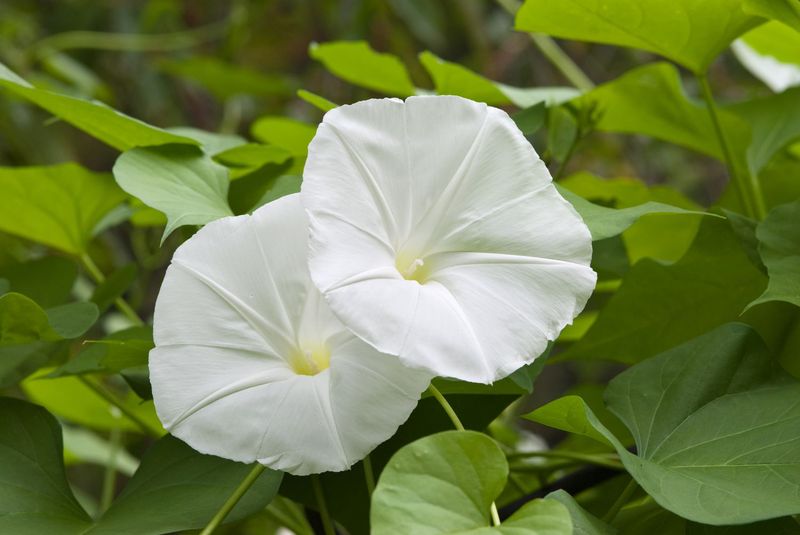
Moonflower enchants with its large, white blooms that unfurl at dusk, releasing a sweet fragrance. This nocturnal spectacle provides a sensory experience, attracting night-flying insects. Its rapid growth and climbing habit make it suitable for trellises and fences, offering vertical interest. Native to tropical and subtropical regions, it thrives in warm climates with plenty of sunlight. As a night-blooming plant, it introduces an element of surprise and romance to gardens. Providing proper support and regular watering ensures its lush growth and captivating evening displays.

